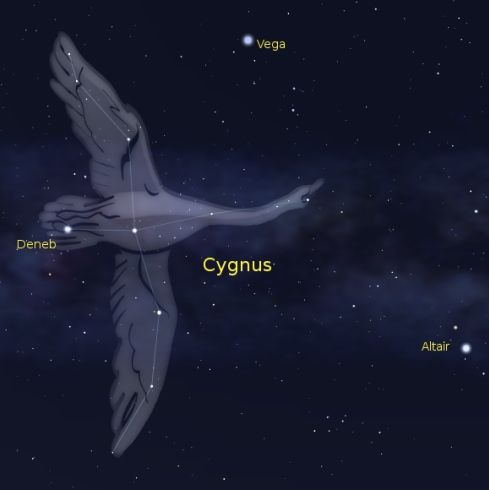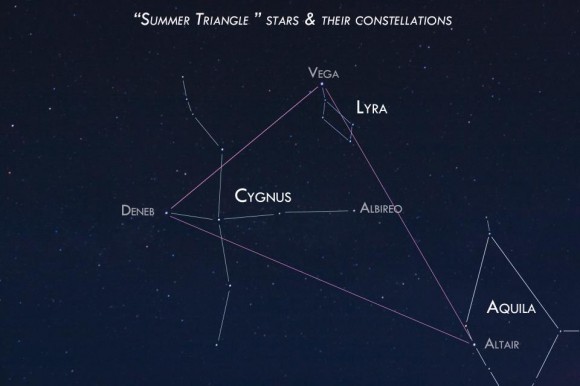PHILYRA
The swan is one of the most recognizable constellations of the northern summer and autumn, and it features a prominent asterism known as the Northern Cross. The Northern Cross is a clipped version of the constellation Cygnus the Swan, and is really an asterism – a pattern of stars that is not a recognized constellation. However, most people have an easier time making out the Northern Cross than they do Cygnus the Swan.
FIRST PHI, GREEK PHI-LYRA (Philyra) was an Okeanid-nymph of Mount Pelion in Thessalia (Thessaly). She loved by the Titan Kronos (Cronus). When his wife Rhea came upon their rendeavouz, Cronos quickly transformed himself into a horse to escape detection. As a result, Philyre birthed a half-horse, half-man hybrid, the kentauros. Kheiron (centaur Chiron). To ease her shame Kronos transformed the girl into a linden tree (philyra in Greek).
APHROS was a son of PHILYRA by Cronos a King in Lybia. APHROS represented the zone of the sea where LIGHT AND HEAT penetrated. Thus a metaphor for FLOTATION AND FOAM.
APHROS was a son of PHILYRA by Cronos a King in Lybia. APHROS represented the zone of the sea where LIGHT AND HEAT penetrated. Thus a metaphor for FLOTATION AND FOAM.
According to Eratosthenes, Orpheus failed to make a necessary sacrifice to Dionysus due to his regard for Apollo as the supreme deity instead. Dionysus then sent his followers to rip Orpheus apart. Ovid tells a rather different story, saying that women, in retribution for Orpheus's rejection of marriage offers, ganged up and threw stones and spears. At first, his music charmed them as well, but eventually their numbers and clamor overwhelmed his music and he was hit by the spears. Both myths then state that his lyre was placed in the sky by Zeus, and Orpheus' bones buried by the muses

Backbone of Milky Way. The Northern Cross serves to point out the Milky Way – the luminescent river of stars passing through the Northern Cross and stretching all across the sky.
Northern Cross as a marker of seasons. As seen from mid-northern latitudes, the Northern cross is out for at least part of the night all year around. It’s out all night in summer. On Northern Hemisphere summer nights, the Northern Cross shines in the east at nightfall, sweeps high overhead after midnight, and swings to the west by daybreak. By the time northern autumn arrives, the Northern Cross is still out from nightfall till midnight, but it appears high overhead at evening and sets in the northwest after midnight. When winter comes, the Northern cross is standing upright over your northwest horizon.
When you see the Northern Cross in the east on summer evenings, it’s sideways to the horizon. On autumn evenings, the Northern Cross beams high overhead but runs diagonally across the sky. On a winter evening, this wondrous star formation stands vertically to the horizon!




Comments